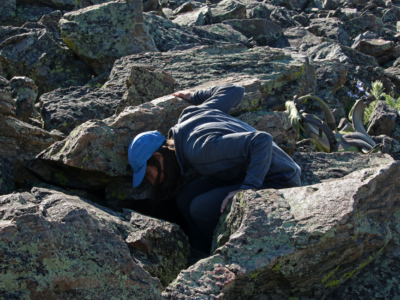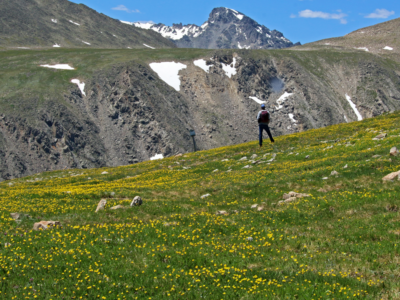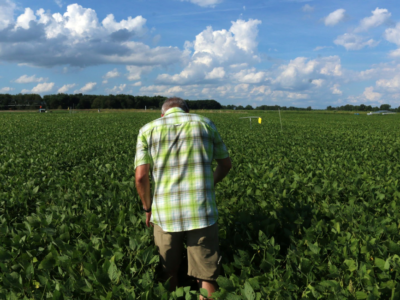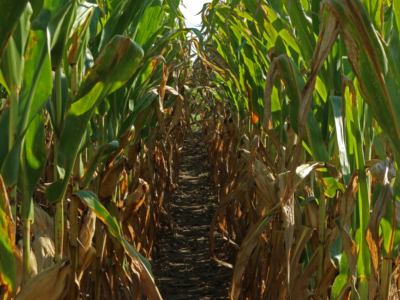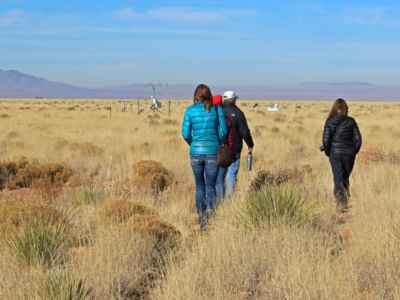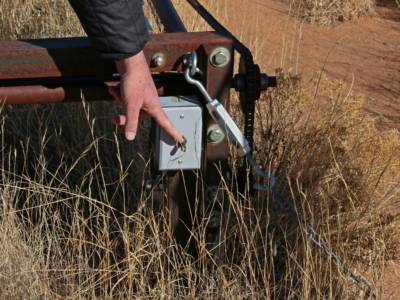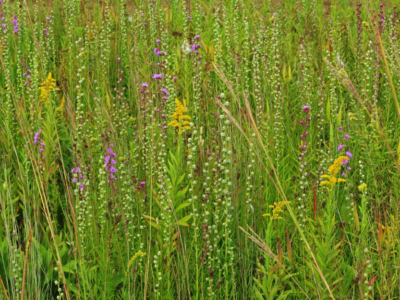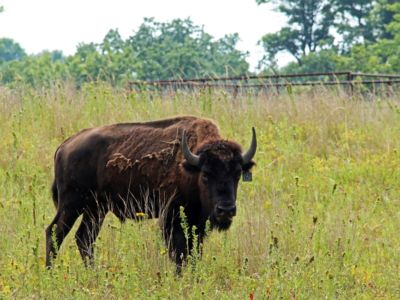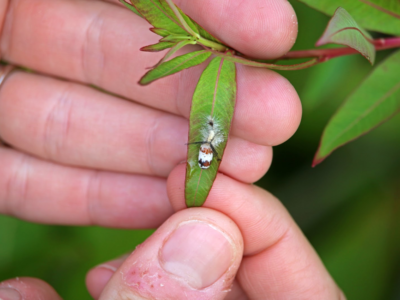LTER Road Trip: How Soil Crusts Impact the Landscape
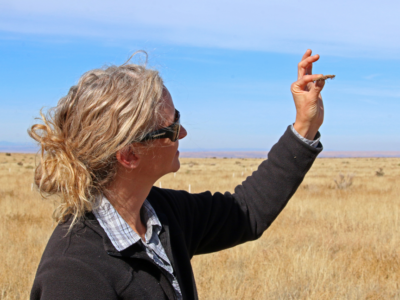
Blue grama grass, golden stems meeting dead undergrowth beneath, completely surrounded Dr. Jen Rudgers in the Sevilleta National Wildlife Refuge (NWR). The meadow stretched as far as the eye could see, eventually meeting a dense slope of creosote shrubland, surrounded by bronze mountains in central New Mexico. The cool of early morning had already given… Read more »

